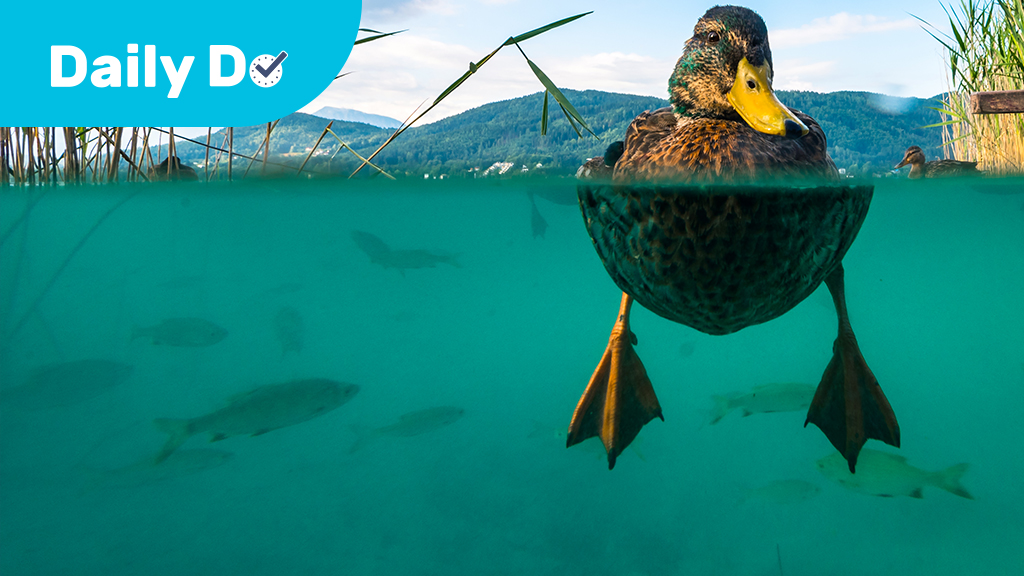Archive: Transforming Science Learning: Science is Social! Transform Your Classroom into a Learning Community, April 22, 2020 (7:00 pm ET)
 For students to be able to make sense of the world, our classrooms must be transformed into learning communities where students are working together to share ideas, build understanding and reach consensus.
For students to be able to make sense of the world, our classrooms must be transformed into learning communities where students are working together to share ideas, build understanding and reach consensus.
 For students to be able to make sense of the world, our classrooms must be transformed into learning communities where students are working together to share ideas, build understanding and reach consensus.
For students to be able to make sense of the world, our classrooms must be transformed into learning communities where students are working together to share ideas, build understanding and reach consensus.
 For students to be able to make sense of the world, our classrooms must be transformed into learning communities where students are working together to share ideas, build understanding and reach consensus.
For students to be able to make sense of the world, our classrooms must be transformed into learning communities where students are working together to share ideas, build understanding and reach consensus.
 For students to be able to make sense of the world, our classrooms must be transformed into learning communities where students are working together to share ideas, build understanding and reach consensus.
For students to be able to make sense of the world, our classrooms must be transformed into learning communities where students are working together to share ideas, build understanding and reach consensus.





